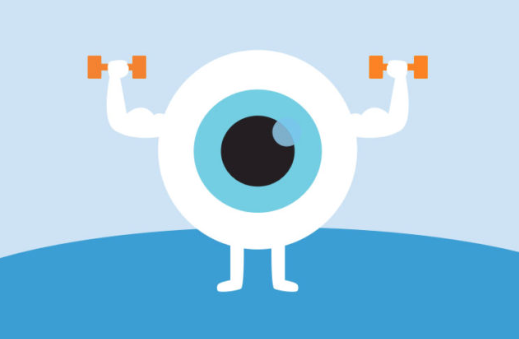Last month, we discussed factors that control and impact our balance. Consideration of these factors can help us become more aware of what to do to stay safe and prevent falls, as well as targeted exercises to improve our balance that are based on scientific principles.
How do we improve our balance and prevent falling?
If we recognize the influence that the physiological, psychological, and environmental factors have on our balance, we can be strategic in how we improve our balance and decrease our risk of falling.
Stay active, making sure you are keeping your muscles strong and healthy for life. Have a movement practice that incorporates functional strengthening and balance challenges.
Enhance your somatosensory system by regularly stimulating your feet. Think of your feet like antennas that provide messages to your brain about your balance. Massaging your feet with balance pods are a great way to keep the nerve endings responsive.
Consider more time spent barefoot, especially during balance exercises. This will allow your feet to feel the ground and your toes to spread out, creating wider points of contact with the ground. In daily life, consider shoes with a thinner, more flexible sole, and a wide toe box.
Ensure you are taking care of your eyes and vision by regularly visiting an ophthalmologist. Make sure you use a nightlight when going to the bathroom at night, and remove any trip hazards from your path.
You could also consider the role of vision to challenge your balance during exercises. Notice that keeping your gaze stable on an object in front of you helps your balance. Moving your eyes around will make balance more challenging. Closing your eyes will make it the most challenging!
Recall in Balance Part I, we discussed how being overly reliant on vision can contribute to a stooped posture, as many people will look down to the ground with their whole body rather than just with their eyes. When walking, practice looking down with just your eyeballs as needed to see the ground in front of you, rather than with your whole self. If you had a light shining from the tip of your nose, and a light from your chest bone, you should be able to maintain these lights at the level of the horizon while walking, rather than keeping the lights cast downwards.
Make sure your vestibular system is healthy, and recognize the impact that vertigo, seasickness, and certain medications can have on your balance.
Likewise, you can progress your balance exercises by introducing changes in your vestibular system. If standing on one leg has become easy, can you do it while slowly turning your head from side to side, or up and down?
Optimize your environment: Make sure your environment is conducive to not falling! If icy sidewalks, crowds, or uneven trails are not for you, make sure you modify appropriately, perhaps bringing an assistive device or a loved one to help you stay steady.
You can also use the environment to improve your balance, by intentionally walking on trails and standing on uneven or “squishy” surfaces.
Train your balance… but don’t overshoot it! A mistake many people make while training their balance is going past their edge. If standing on one leg consistently leads to excessive wiggles, wobbles, and you are unable to find your steadiness, then you are simply practicing being unsteady, rather than practicing finding steadiness. You want to be close to your edge, without going over it!
Find an exercise that feels moderately challenging, but you are able to find steadiness and ease with practice. If not, modify the activity to make it more or less challenging. Standing at the kitchen sink, by the counter, in the corner of a room, or in a door frame are excellent places to practice balance, as you have the option of supporting yourself with your arms as needed.
By finding this edge and achieving success with practice, not only can we improve the physiological components of balance, but we can also improve the confidence we have in ourselves, thereby decreasing our fear of falling and subsequent risk of actually falling!
Follow along with this video, which incorporates seven balance exercises and strategies, “Feldenkrais style”! It instructs in balance challenges including standing and walking with a narrow base of support, closing the eyes, getting up and down from the floor, dynamic weight shifting, and practice with “falling”. Best to do this video near something to hold on to as needed.
At the Wellness Station, we can help you recognize and make changes in the factors that could be impacting your balance. We will provide you with individualized recommendations and movement lessons to help you improve your balance, your confidence in yourself, and your ability to continue to do what you love.
Written by Jacob Tyson, DPT - Physical Therapist, Yoga Instructor and The Wellness Station Team









